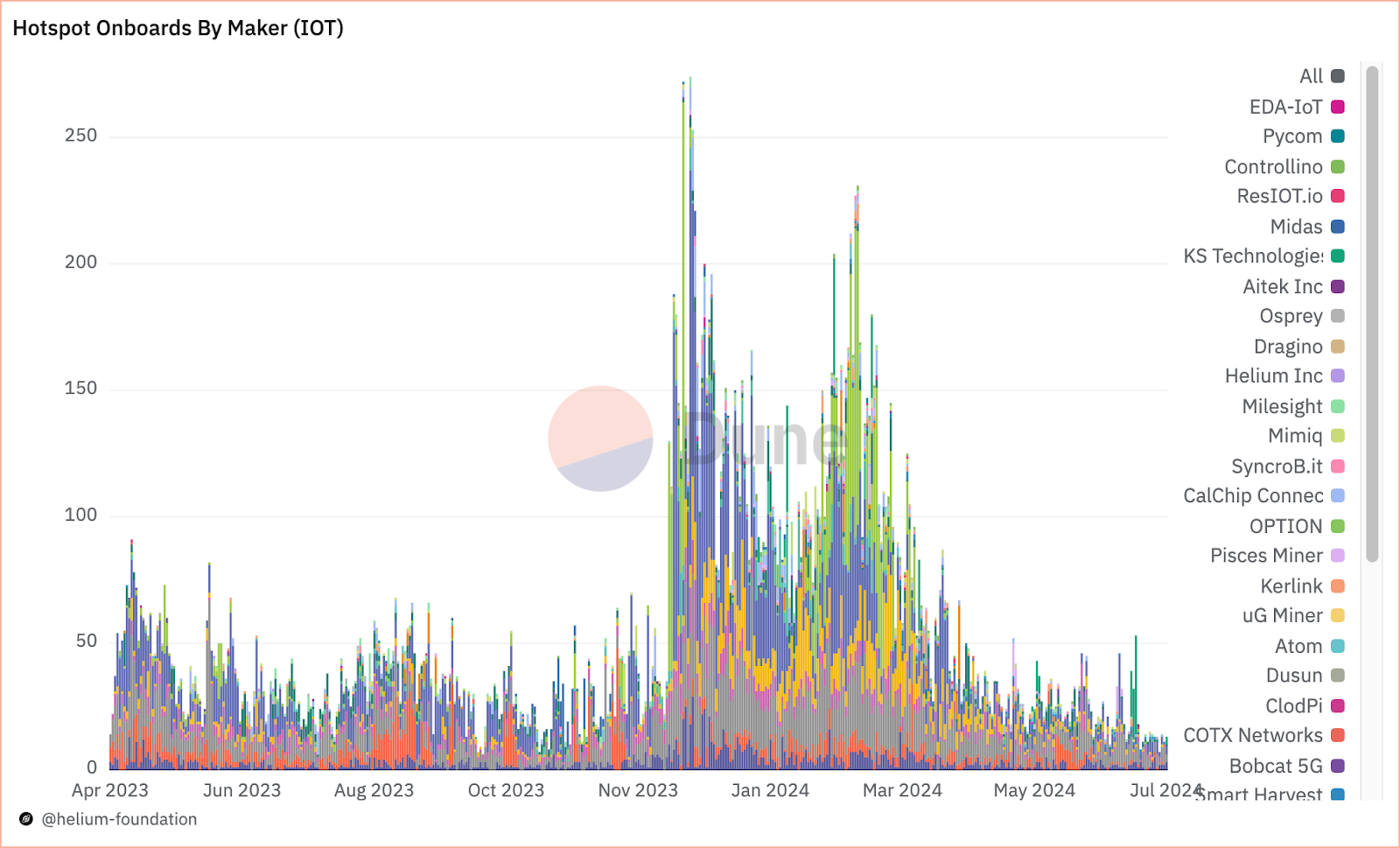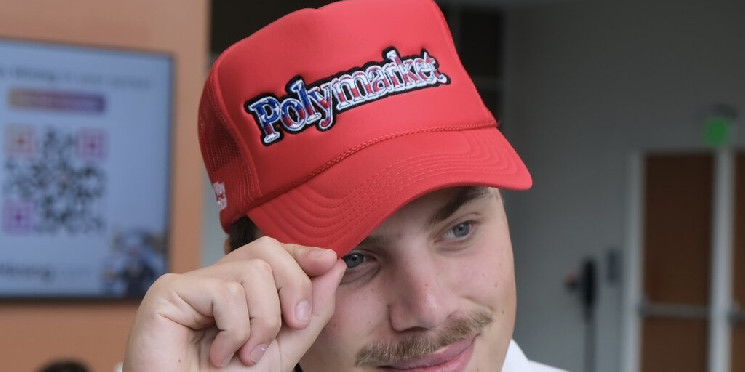Lightspeed Newsletter: Helium eyes energy sector with new solar power play
 blockworks.co 11 July 2024 21:21, UTC
blockworks.co 11 July 2024 21:21, UTC Today, enjoy the Lightspeed newsletter on Blockworks.co. Tomorrow, get the news delivered directly to your inbox. Subscribe to the Lightspeed newsletter.
Howdy!
It’s 7/11, which means free slurpees at 7-Eleven for anyone brave enough to venture out into the heat.
That certainly won’t be me, as a northeastern weakling who wilts in anything above 85 degrees. Anyways:
Helium eyes the energy sector
Last week, the Helium Foundation said in a somewhat-cryptic blog post that it would be unveiling new proposals for “subnetworks” that go “beyond wireless.” Guesses as to what these subnetworks would be flooded in, ranging from proof-of-location to decentralized compute.
The answer became clear this week when a Swedish energy-focused project named Srcful proposed to become a Helium subnetwork with its own ENERGY token.
Helium currently lets individuals run nodes in its Internet of Things (IoT) network in exchange for Solana-based IOT tokens, which can be converted into HNT tokens. That looks like dropping a few hundred dollars on a Helium hotspot and plugging it into the wall, while hoping the token payouts exceed the energy bill.
At a high level, a firmware upgrade would let existing Helium IoT hotspots also power Srcful, expanding the network’s usefulness while also opening up another avenue for token rewards.
Subject to a successful governance vote, Srcful plans to use Helium hotspots to run a virtual power plant. Virtual power plants (or VPPs) are a new-ish idea in the renewable energy space whereby smaller-scale distributed energy sources can be aggregated to support the energy grid.
In Srcful’s case, this looks like households offering the power from their solar panels or batteries (the kind of batteries big enough to power a house for a few hours) to build a VPP — and receiving ENERGY tokens in exchange.
Helium hotspots would be used for “reading and controlling” the solar panels and batteries, and hotspot operators would get rewarded in ENERGY tokens.
Srcful would then sell the virtual power plant energy — and potentially some accompanying energy data — to clients like energy companies or grid operators, which would hopefully bring in enough revenue to keep the lights on (pun intended).
If you feel like this is a bit convoluted, you’re not alone. Srcful’s complicated business model became a source of concern for some in the HIP’s Discord discussion.
“Here is the issue, I want to support everything in the Helium ecosystem. However…I can’t even fully explain it to friends of mine in the Solar business,” one user wrote.
Srcful CEO Fredrik Ahlgren told me in an interview that he realizes “it’s very hard for people to understand” what Srcful does, but he wants to present Helium community members with a more streamlined narrative: “If you have solar or batteries, you get rewards for helping the grid.”
There’s also the obstacle that Srcful is yet to nail down contracts with energy-needy operations that would pay for its VPP.
“I would say that this applies for every DePIN project,” Ahlgren said. “You need to start somewhere. You need to believe that there is a demand side and have a product market fit.”
As Helium looks to onboard Srcful — and presumably other new DePINs as well — I’ll be interested to see how these subnetworks resolve the classic Helium question of tokenomics.
Helium has a complex utility score used to allocate HNT to its networks, and the tokenomics have been subject to some tinkering from the foundation. Regardless, HNT has seen its price drop by two-thirds since February, trading at around $3.08 at time of writing.
— Jack Kubinec
Zero In
Since migrating to Solana in April 2023, Helium has added over 25,000 IoT hotspots to its network.

As this Helium Foundation Dune dashboard shows, however, those onboarding numbers have been slowing — from over a hundred per day between roughly December through March to scarcely more than a dozen daily onboards over the past couple weeks.
It will be interesting to watch whether these new Helium subnetworks will kickstart a wave of onboardings for the hotspots. The tokens’ profitability will certainly play a large role in that.
— Jack Kubinec
The Pulse
History is pretty important in the context of blockchain technology. The ability to organize transactions in a precise sequence is key to their immutability. Each transaction is cryptographically linked to the previous one, so altering a single transaction would require changing all subsequent ones. Without proper organization though, it becomes easier to manipulate the integrity and trustworthiness of the network.
So, it is perhaps surprising to learn that traditional blockchains struggle with ensuring the precise timing and order of transactions. This results in delays, inefficiencies and occasionally transactions that erroneously seem to time-travel through the quantum cosmos in order to happen before they’re initiated. Spooooky.
But Solana does things differently. It uses a method called proof-of-history to timestamp all events that occur onchain in a verifiable sequence. Doing so allows the network to maintain a consistent and accurate order of transactions, forever and always.
A recent thread from user @bw_solana underscores that there are a lot of misconceptions about PoH within the Solana community. For example, many believe PoH’s primary purpose is just time-stamping. In reality, it’s actually performing the much more complex task of verifying that a leader schedule — which is a predefined sequence that determines which node will produce the next block — is followed, allowing block production to continue seamlessly even if a leader is delinquent.
The thread explains that PoH requires nodes to generate a series of ticks, proving that each has waited its turn to produce a block. This mechanism prevents leaders from front-running high-priority transactions, ensuring a much more honest processing order compared to other chains. Though of course, some forms of transaction-ordering attacks (like sandwiching) can still occur.
It turns out it takes a good bit of technical expertise to keep things cheap, fast and fair.
— Jeffrey Albus
One Good DM
A message from Fredrik Ahlgren, CEO of Srcful:





